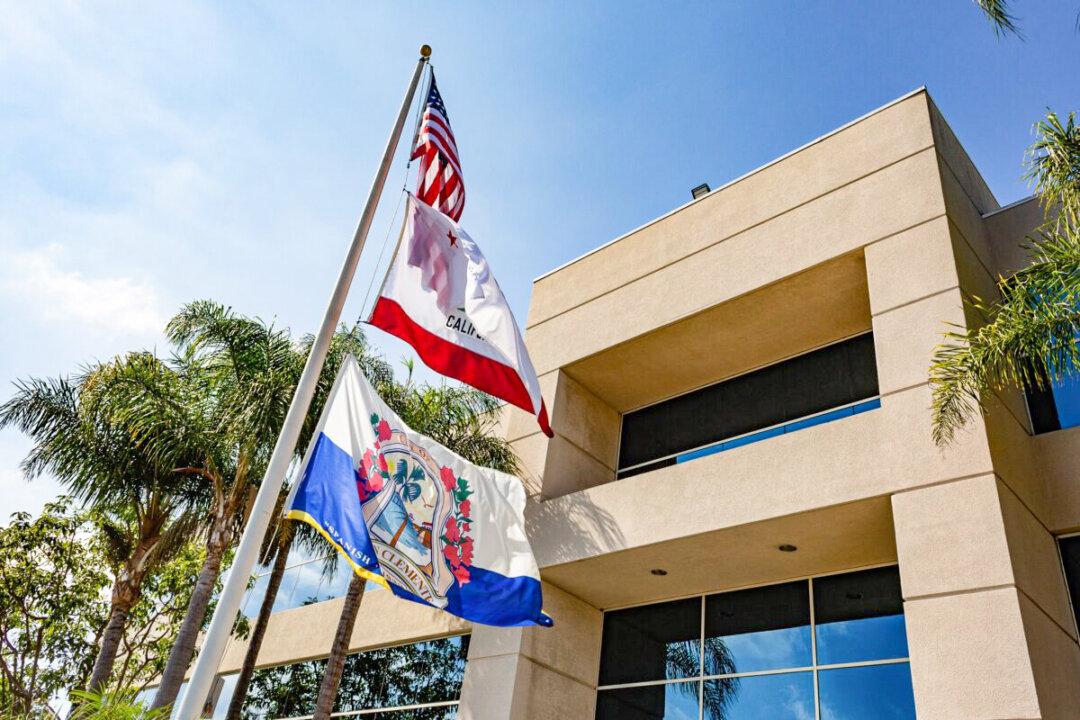SACRAMENTO, Calif.—California is paying reparations to survivors of state-sponsored forced or involuntary sterilizations that occurred over four decades ago, following a law that took effect Jan. 1.
“California is committed to confronting this dark chapter in the state’s past and addressing the impacts of this shameful history still being felt by Californians today,” Gov. Gavin Newsom said in a Dec. 31 statement. “While we can never fully make amends for what they’ve endured, the state will do all it can to ensure survivors of wrongful sterilization receive compensation.”





